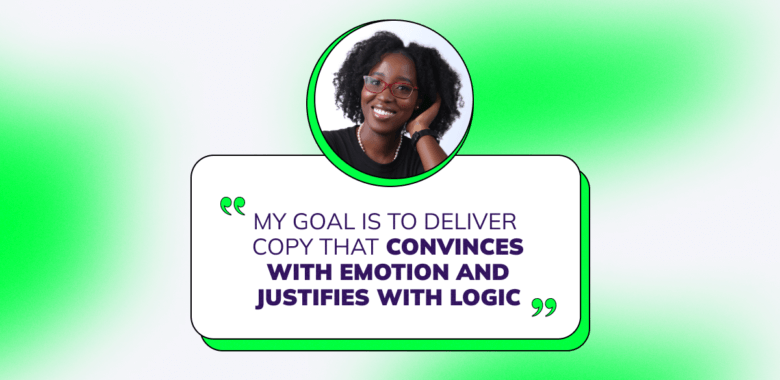What do you think about AI and copywriting in general?
While I was pursuing my MPhil thesis, one of my all-time favorite historians and authors, Barry Higman visited my university. While in a discussion with him, I was complaining about the many revisions I had to do. He pointed out that when he was a student, he did not have the luxuries of having a computer with our modern software access. If he made an error while typing out his thesis or research, he had to redo the page. Imagine redoing complete sections or revising paragraphs with a typewriter. (Actually, I don’t want to imagine it. Sounds painful.) Now, I had the option to “copy and paste”, to make immediate changes, and send to print.
Similarly, my history supervisor, Veront Stachel, pointed out that he had to analyze his data using a large computer that took up half a wall and took forever and a day to produce results. I was plugging my research into SPSS (Statistical Package for the Social Sciences) on my laptop and spitting out results in real time!
Those conversations reminded me that I should make the most of the tools available to support my work. So, I believe that AI and copywriting can and should work together.
I’m not like some people who assume that AI tools like ChatGPT and Bard can replace a conversion copywriter. These apps aren’t strategy developers. (That’s why you see so many people online selling prompts — it really isn’t that easy to get quality output.)
AI for copywriting (and even content) still relies on input from a strategist who understands how they work and what can be achieved with them. And while they can help with the initial spit drafts, they cannot refine to a final version without the input of a professional copywriter. As I needed to develop the parameters for what to analyze and input in SPSS, I have to do the same with the new AI tools. It can help with some level of analysis, but you can’t rely on it for strategy and data collection, even testing — some things will always need a human touch.












